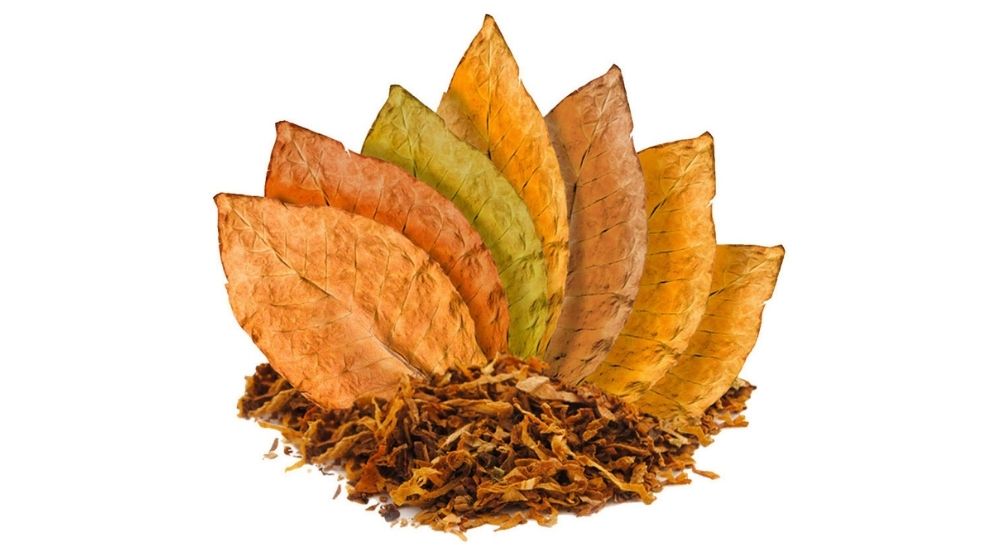
Flavored tobacco has become one of the most dynamic sectors in the global tobacco industry. Over the past two decades, demand for menthol, fruit-infused, and exotic blends has grown significantly, appealing especially to consumers who want more variety than traditional tobacco flavors. In regions like the Middle East and Asia, flavored products have carved out a substantial market share, while in places like Dubai, many cigarette brands use flavors to differentiate themselves from competitors.
The rise of flavored tobacco is not just about consumer preference. It also reflects advancements in tobacco machinery, flavoring technology, and packaging innovation. In this article, we’ll explore how flavored tobacco is produced, the different methods of flavor infusion, the importance of advanced packaging systems, and the role of sustainability in this growing industry.
Flavored tobacco is any tobacco product enhanced with natural or artificial flavors. These products can include:
The flavoring is not meant to mask tobacco entirely but to add a sensory dimension that enhances the smoking experience. For many smokers, menthol provides a cooling effect, while fruity flavors offer novelty and variety.
The foundation of flavored tobacco is high-quality raw leaf. Manufacturers must carefully select tobacco that has:
Here, modern tobacco machinery plays a crucial role. Machines cut and condition the leaves, ensuring they are ready for flavor infusion. Precision at this stage is vital—poorly prepared leaves cannot hold flavor effectively, which reduces product quality.
Flavor infusion is at the heart of flavored tobacco production. Manufacturers use several techniques depending on the type of product:
Liquid flavoring agents are sprayed onto shredded tobacco. This is the most common method in flavored cigarette production.
Used primarily in shisha tobacco, the leaves are soaked in flavor syrups, which include molasses, honey, and fruit extracts.
Micro-encapsulated flavors are added to tobacco. These capsules release flavor gradually during smoking, creating a richer sensory experience.
In some cigarettes, flavors such as menthol are embedded in the filter rather than in the tobacco itself. “Capsule” cigarettes, where a flavor capsule can be crushed inside the filter, are a popular example.
Flavors can be natural, derived from essential oils and plant extracts, or artificial, developed through food-grade chemicals. Common flavor categories include:
Regional preferences vary. In the Middle East, shisha blends dominate with fruity profiles, while in Western markets, menthol remains the most popular flavored cigarette variety.
Advanced technology is the backbone of flavored tobacco manufacturing. Key roles include:
When it comes to packaging, modern cigarette packing machines ensure airtight sealing that locks in aroma and freshness.
Packaging plays a dual role: protecting product quality and attracting customers.
Flavored cigarettes are typically packed using high-speed lines like the HLP-250 Packing Line. This machine handles multiple formats, ensuring that flavored variants—whether slim, king size, or capsule—are packed with precision.
For shisha, airtight jars, tins, or laminated pouches are used to prevent moisture loss. Branding is bold and colorful to highlight flavor profiles.
After primary packaging, cigarettes undergo overwrapping with cellophane or eco-friendly alternatives. Labels and designs help consumers distinguish between flavors quickly.
Even the best flavor infusion process fails without proper preservation during storage and distribution. Manufacturers must:
Flavored tobacco is growing rapidly worldwide. Some key trends include:
Brands in Dubai and the Gulf region often lead the way, with cigarette brands offering multiple flavored options to suit diverse customer preferences.
Not all regions allow flavored products.
The global tobacco industry is under pressure to reduce environmental impact. Sustainability measures include:
The flavored tobacco sector is expected to continue expanding, fueled by:
Menthol oil or crystals are added to tobacco during blending or directly to the filter for a cooling sensation.
Specialized tobacco machinery handles blending, while cigarette packing machines like the HLP-250 manage packaging.
When sealed in airtight packaging, flavored cigarettes remain fresh for 6–12 months, while shisha blends can last longer if stored properly.
No. Cigarettes use flavored filters or infused blends, while shisha involves heavily molassed tobacco designed for waterpipe smoking.
It ensures cigarettes are packed at high speed, sealed airtight, and wrapped in compliance with international packaging standards.
Flavored tobacco production is a complex process that combines traditional tobacco expertise with modern technology. From selecting the right leaves to infusing them with flavors and preserving freshness through precision packaging, every step is crucial.
With cutting-edge tobacco machinery, efficient cigarette packing machines, and advanced systems like the HLP-250 Packing Line, manufacturers are able to deliver consistent, high-quality flavored products to global markets.
As consumer demand evolves, flavored tobacco will continue to play a key role in shaping the industry—balancing innovation, regulation, and sustainability.
We specialize in the provision of Tobacco Machinery. Our expertise encompasses not only the trading of machinery but also extends to being a dedicated supplier. This specialization is enriched by our comprehensive solutions tailored for emerging Cigarette Companies. What sets us apart is our ability to offer firsthand insights through our active Cigarette Manufacturing operation in the UAE.